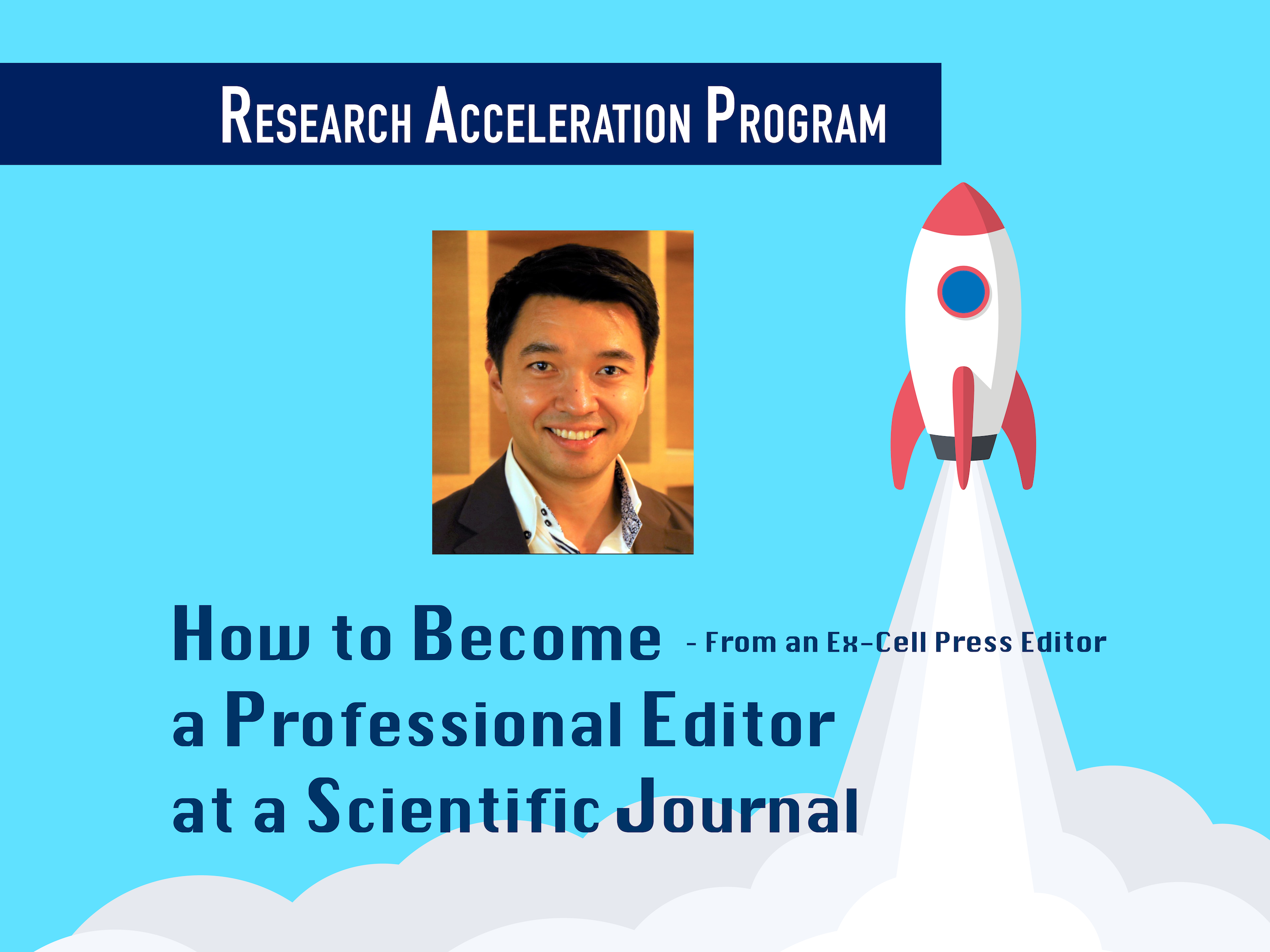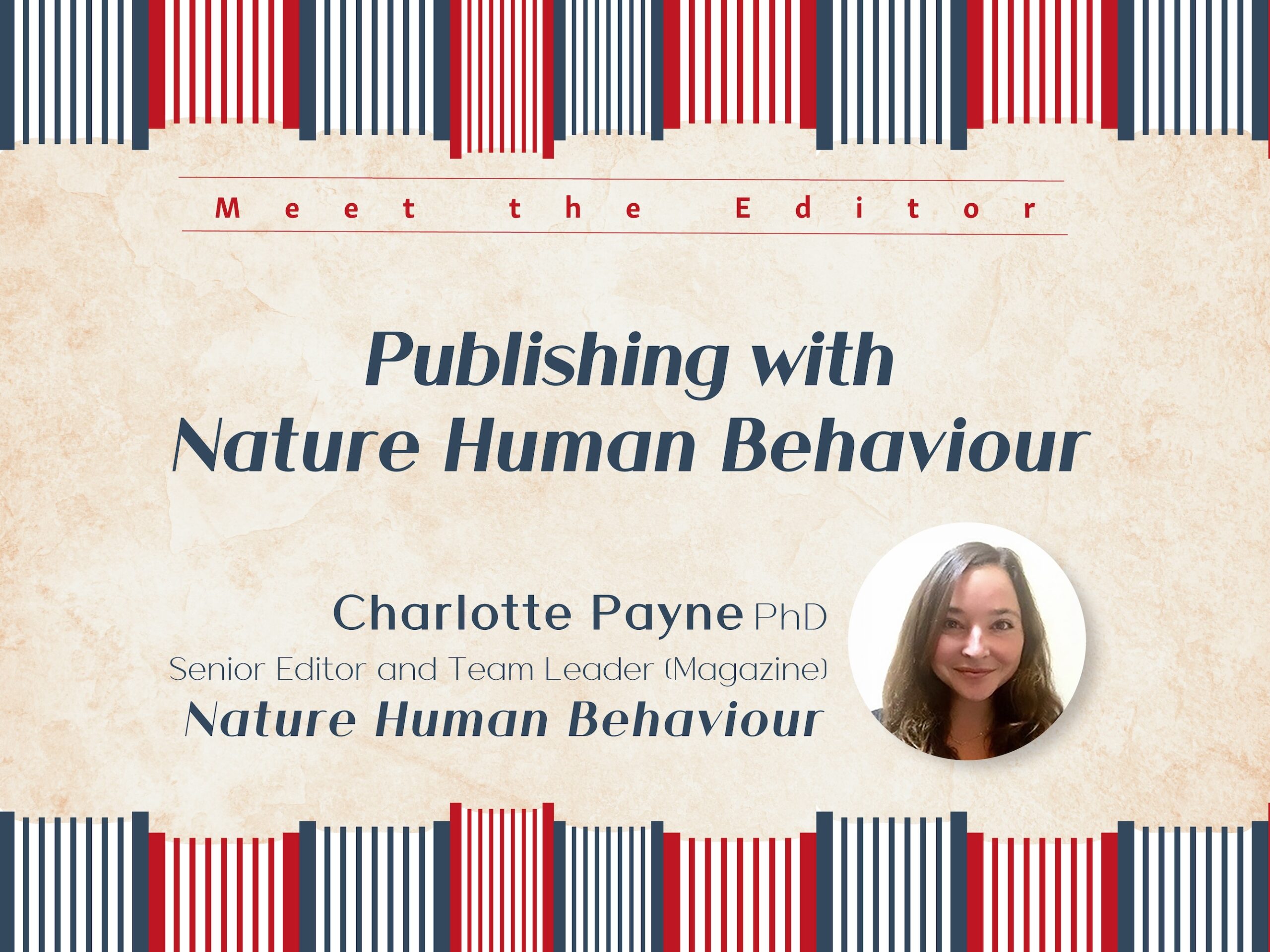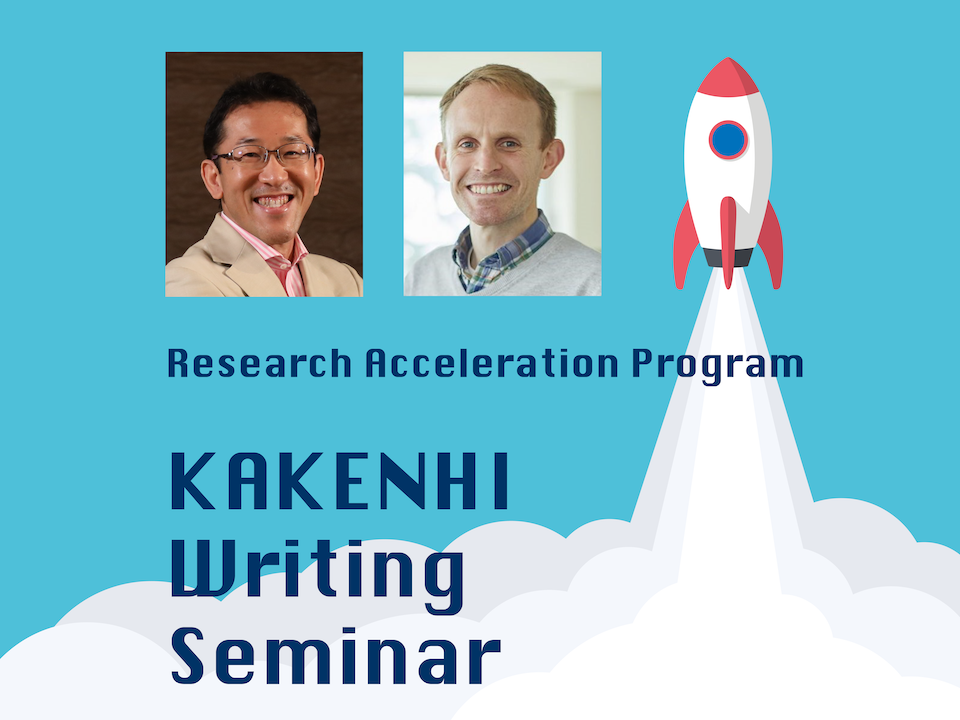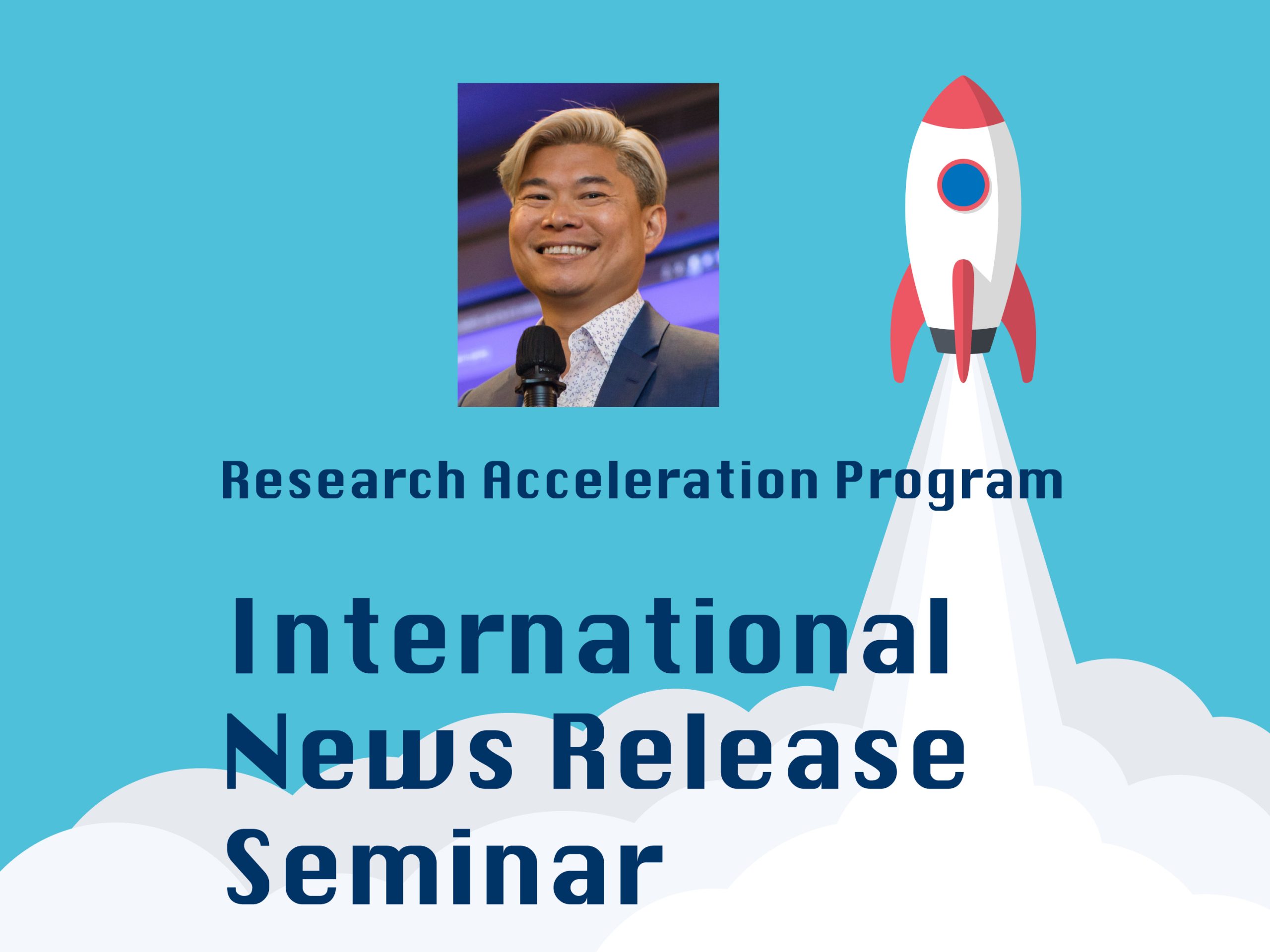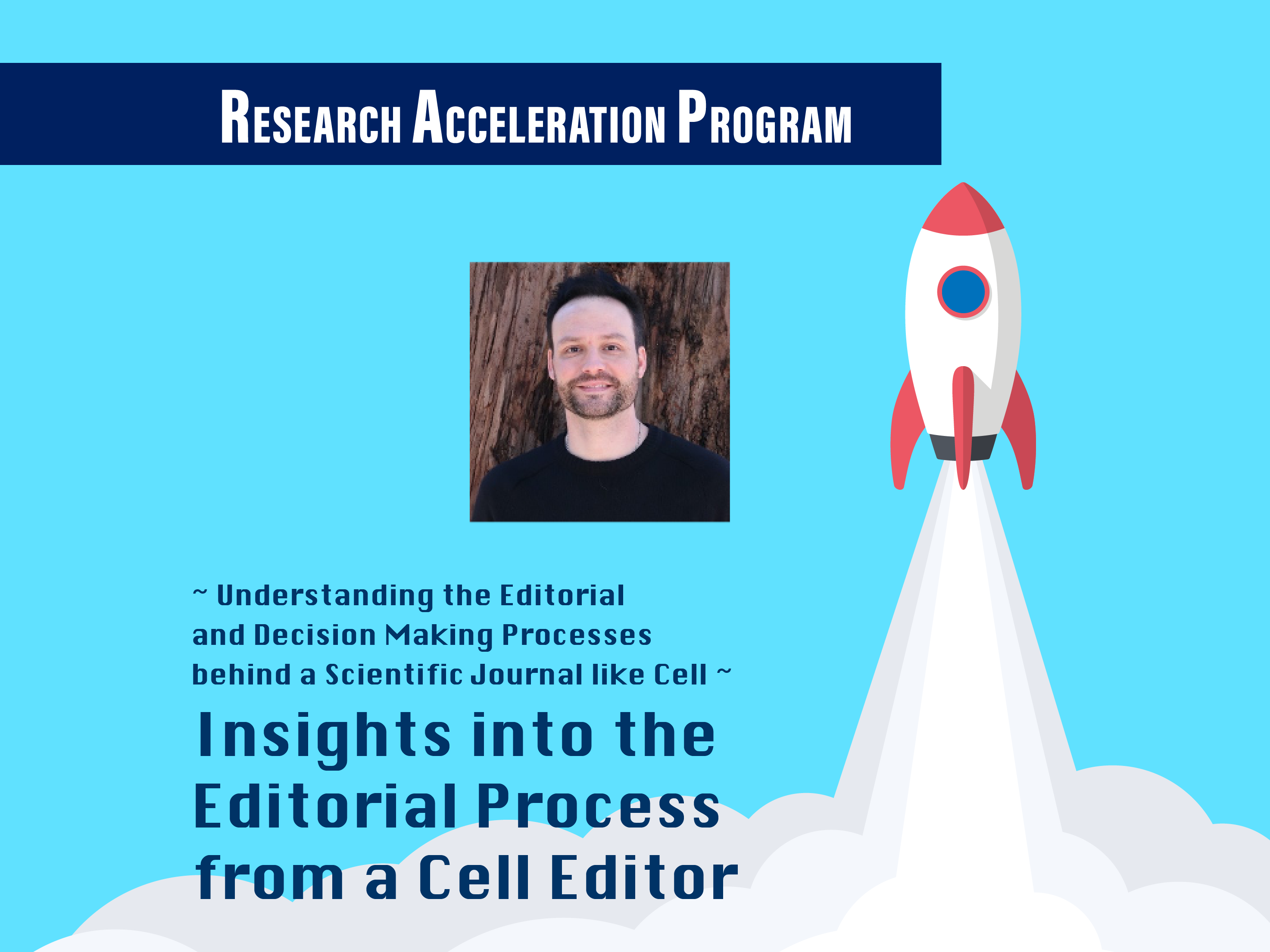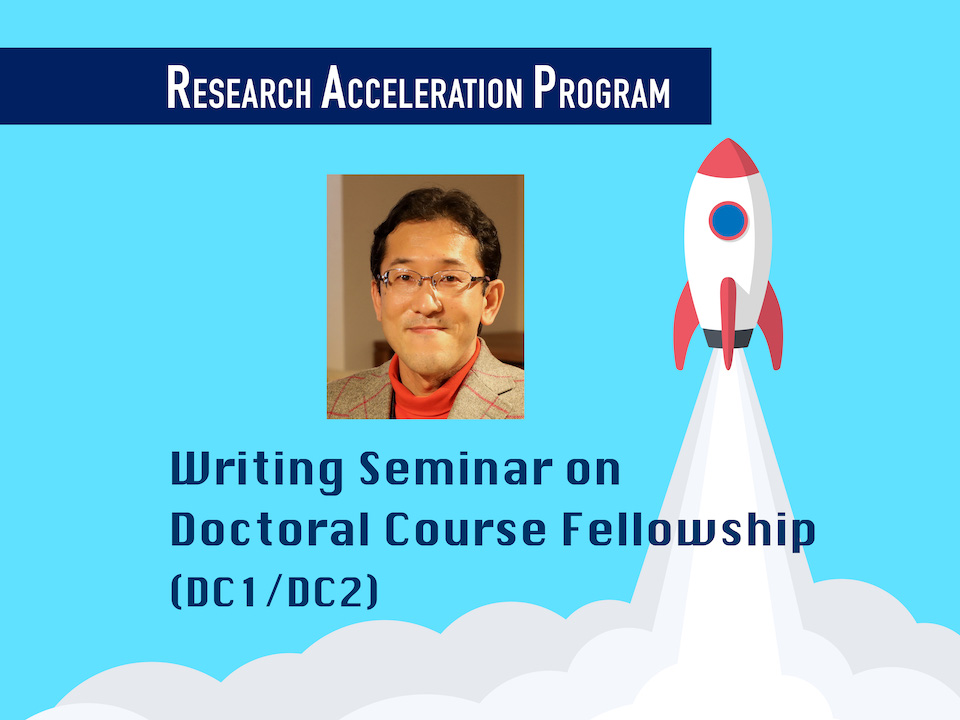The Research Acceleration Unit creates and manages workshops and seminars for early-career researchers and graduate students to advance their skills in their research activities.
When preparing our seminars/workshops, we define a clear intent and purpose, including the knowledge/skills that we want to share with the participants. Thus, we have divided researchers’ activities into several basic stages (research planning and funding, experiments and data analysis, paper manuscript writing, conference presentations, PR and outreach, etc.), and develop each seminar/workshop to fulfill one or more of these stages.

The underlying ideas/intentions of planning Research Acceleration Programs
TELLING YOUR RESEARCH STORY
A scientist’s work does not end with a discovery. The discovery must be shared with researchers through scientific papers and the general public. When communicating your new discovery, it is not enough to talk only about your experiments and findings.
In order for the audience to properly understand the importance of your discovery, you need to tell them your research story, including the academic background of your findings, the position of your research in the current social context (i.e. a story relating social/academic issues to your research: narrowing your focus), and how your findings contribute to academic progress and solve critical social problems (i.e. a story explaining the social/academic implications of your research: broadening your focus).
Thus, you need to build your story to explain how your findings contribute to academic progress and how they have a significant impact on society in a double-pyramid format.

DIFFERENT STORY TELLING FOR DIFFERENT AUDIENCES
When communicating your research, you need to change your story depending on the audience.
For example, if you are submitting a manuscript to a scientific journal, your manuscript will be reviewed by experts in your research field. You have to describe in detail the significance of your research from an academic perspective, the validity of your experimental and analytical methods used in your research, and the new findings you discovered.
On the other hand, when communicating with the general public through newspapers or social media (e.g. SNS), you should avoid technical jargon and explain the impact your research will have not just on academic research but also on society.
Thus, even if you are highlighting the same research findings, you need to change the emphasis of your story depending on the audience to who you are communicating.

TELLING A RESEARCH STORY WITH FIGURES/ILLUSTRATIONS
Figures/illustrations are almost always useful when telling a research story in manuscripts, grant applications, and even news releases.
Just as in writing, the content of the figures/illustrations needs to be adjusted for the audience. When preparing a manuscript for a scientific journal, multiple figures and graphs (sometimes more than 10) are normally needed to accurately explain the experimental methods and results of your research. In contrast, a news release usually includes a single figure or illustration that captures the public interest about a topic in your research story.
Thus, by adapting both the text and figures/illustrations to the audience, your story can have a powerful effect.

TELLING A LARGE RESEARCH STORY (RESEARCH VISION)
Successful researchers will publish many papers in their careers. All these papers are likely to have some relation to each other, suggesting exists a common research vision that encompasses the objectives of all the individual papers.
Thus, from a broader perspective, it is possible to construct a large research story (research vision) that spans many papers. In other words, each paper is a small iteration of the larger research story (research vision).
This kind of thinking is important when leading a research team. When responsible for the research activities of multiple researchers, you have to not only create a research story for each member, but to create a larger research story for the whole team. This larger research story will help direct the research progress of each individual in the team.
This skill to build research stories for individual papers and a larger research vision is essential for growing into a successful senior researcher.

(text: Tadashi Ogawa)
Scientific Paper Writing
This program aims to support researchers in writing scientific papers more effectively, by providing tips and strategies for structuring and telling their research stories to readers.
-

Entering the Minds of Scientific Editors and Understanding Journal Strategies
-

Insights Into How Rejections Can Be Overturned
-

An Ex-Cell Press Editor presents: Telling the Story of a Scientific Paper
Grant writing
This program aims to support the researchers in writing an effective application for research funds by providing methods and tips for structuring and telling the research story to the evaluators.
-

KAKENHI Writing Seminar 2023
-

KAKENHI Writing Seminar 2022
-

KAKENHI Writing Seminar 2021
-
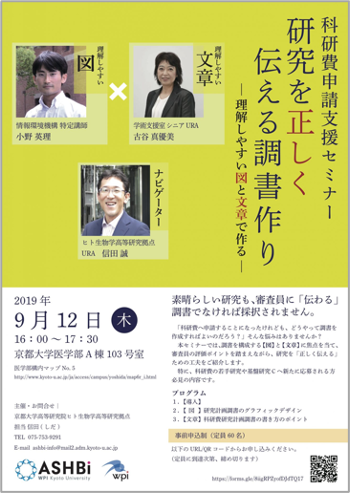
Writing Seminar for KAKENHI Application (Japanese)
-

Writing Seminar for JSPS DC1/DC2 Fellowship
-

Writing Seminar on Doctoral Course Fellowship (DC1/DC2)
Design/Scientific illustration
This program aims to support the researchers in making effective figures for research papers and presentations by providing methods and tips for figure making and sharing information of illustrators to visualize their research story.
-

Visualizing your research – how to organize your thoughts for making figures
-
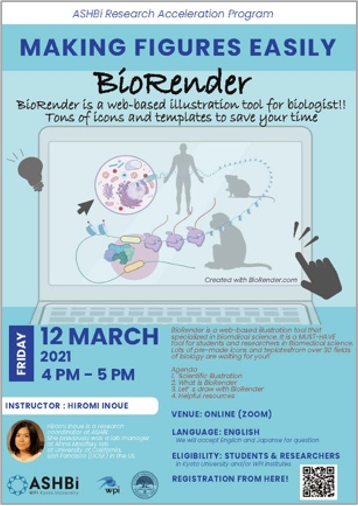
Research Tips Seminar: Making figures easily
-
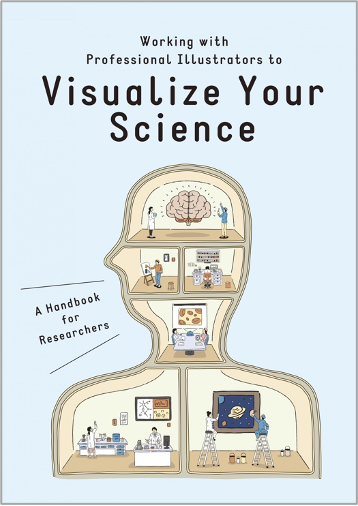
Booklet “Working with Professional Illustrators to Visualize Your Science”
PR/Outreach
This program aims to support the researchers to effectively share their research results both domestically and internationally by providing methods and tips on how to make attractive news releases and sharing effective channels for dissemination.
-
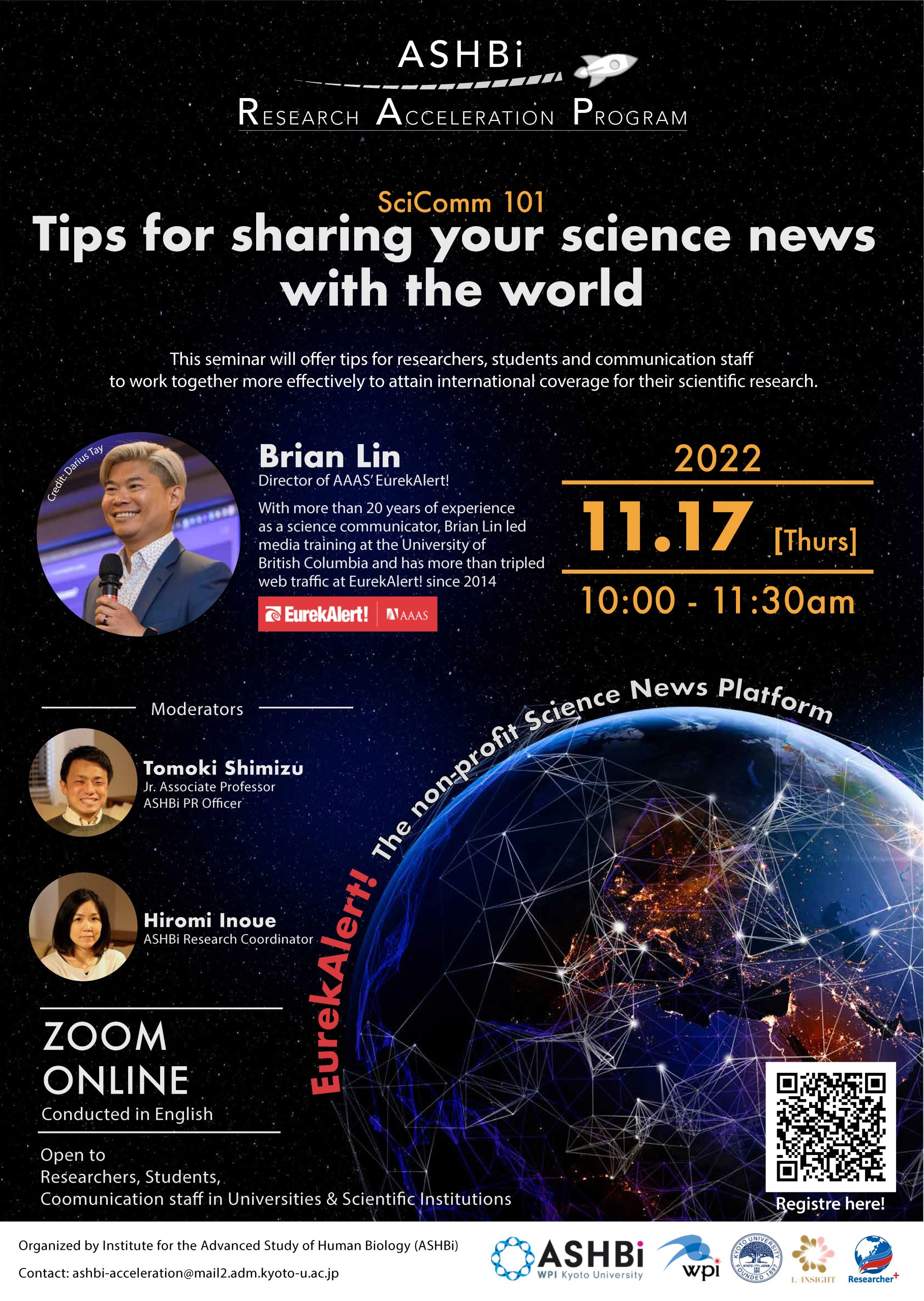
SciComm 101: Tips for sharing your science news with the world 2022
-

SciComm 101: Tips for sharing your science news with the world 2021
-
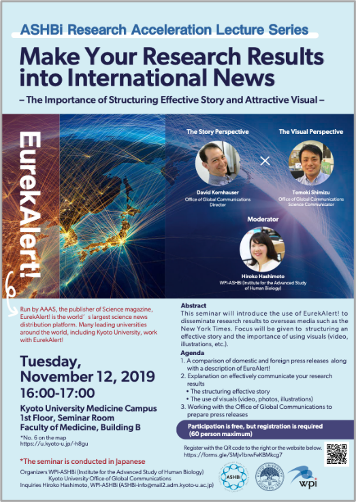
SPREAD YOUR RESEARCH GLOBALLY -Structuring Effective Story and Visual for Press Release
PR
Fostering young researchers
This program aims to provide opportunities for young researchers to improve their abilities to develop as PIs, such as the ability to build a research story.







